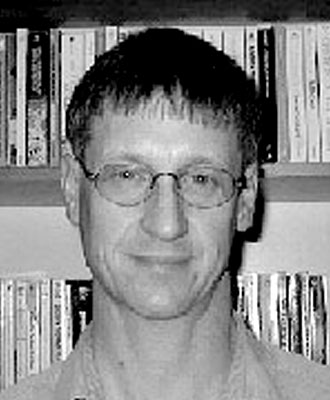Abstract
This presentation will focus on the past, current, and future scale and rate of landscape transformation in Alberta's boreal forest. Using Alberta Landscape Cumulative Effects Simulator (ALCES), this presentation tracks historic land use practices in northern Alberta and projects a future landscape based on industry and government estimates of development for the energy, forestry, transportation, and agricultural sectors. The anthropogenic footprint in boreal Alberta is not stationary, but growing at an exponential rate for many landuse variables. Conservative estimates of annual rates of activity relating to the oil and gas, forestry and transportation sector, as simulated by ALCES, suggest that significant losses (10-20%) to the upland forest land base of northern Alberta are likely to occur during the next forest harvest rotation (100 years). Densities of linear features (roads, seismic lines, pipelines) currently average 2.5 km/km2 and are expected to approach 10 km/km2 if current metrics are applied to future landuse trajectories.
The future ability of the landscape to provide appropriate levels of biological and physical services, production of petrochemical and agricultural resources, aesthetic appeal, and homes and infrastructure for people will largely be determined by how well society recognizes the cumulative effects of our land use practices, by whether society has the vision and fortitude to develop a landscape plan that seeks balance to the competing demands on this landscape, and the commitment by which this landscape plan is implemented.
An important component to seeking a balance between landuse practice and ecological integrity lies in a better understanding by managers of how all landuses conduct their practices and in devising a more integrated approach to laying out such features as roads. Significant savings to capital budgets and reduced ecological risk await those managers prepared to "think outside the box" and contribute to landscape planning across "meaningful" space and time.
Biography
Brad Stelfox completed his B.Sc. (Zoology; Univ of Alberta) in 1980 and his Ph.D. (Wildlife Productivity; Univ of Alberta) in 1985. From 1988-1991 Brad worked as the Research Director of the Teton Science School in Jackson Hole, Wyoming, where he taught university field courses on fire ecology, snow ecology, and ungulate biology and management. In 1991, he took a research position at the Alberta Environmental Centre where he led a research project examining the effects of forestry on biodiversity of boreal mixedwood communities. In 1995, Dr. Stelfox established FOREM Technologies, which focuses on forest ecosystem management issues. Most recently, Brad has assisted Alpac and the provincial government in quantifying cumulative landuse effects related to overlapping landuses including agriculture, forestry, oil and gas, and transportation sectors.





